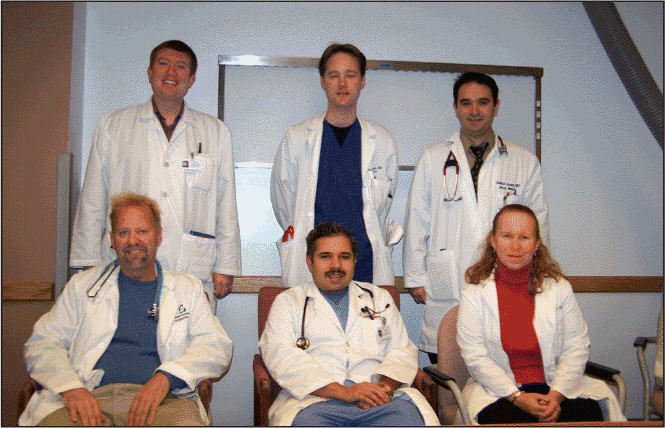Medical residents used to work shifts so long that fatigue blurred their vision, clouded their judgment, and overall put them on the brink of mental and physical exhaustion. Concern among medical educators and pressure from consumer groups that hypothesized a link, thus far unproven, between medical resident fatigue and unsafe patient care prompted the Accreditation Council for Graduate Medical Education (ACGME) in 2003 to enact an 80-hour work week limitation on residents. Studies since then of the impact of decreased resident work hours are underwhelming; patient safety and mortality remain largely unchanged since the regulations went into effect. That didn’t stop the Institute of Medicine, after a 15-month study concluded in December 2008, from proposing additional resident work hour restrictions, with an estimated price tag of $1.7 trillion to an already cash-starved health care system (see sidebar above).
Explore This Issue
March 2009
Michael Stewart, MD, MPH, Chairman of the Department of Otorhinolaryngology at New York-Presbyterian Hospital/Weill Cornell Medical Center (and an editorial board member of ENT Today), who works with a four-resident team, disagrees with the IOM’s recent recommendations. The 2003 work hour restrictions led us to a fairer distribution of the workload among residents, with the junior residents getting more time to read, study, and prepare, he said. But they have also caused less continuity of care, more handoffs, and residents being forced to forgo important educational opportunities even when they aren’t tired. The rules are too rigid.
This comes from a physician whose hospital housed the sentinel event precipitating work hour restrictions-Libby Zion’s death in 1984. That unfortunate medical outcome-in which second-year resident Gregg Stone, MD, after consulting with the attending physician, prescribed Demerol for Ms. Zion’s extreme shaking, not knowing that Ms. Zion had taken Nardil and cocaine-led to monitoring of residents’ duty hours. The assumption that fatigue rather than Ms. Zion’s failure to mention her drug cocktail to Dr. Stone precipitated resident work hour restrictions, in effect in New York since 1989.
The Elephant in the Hospital
While the IOM spent 15 months pondering resident duty hours, it apparently failed to notice the huge workload that the 25,000+ hospitalists in US hospitals have taken from residents’ shoulders (see Hospitalists’ Blueprint below). Michael Johns III, MD, Chief of Otolaryngology at Emory Crawford Long Hospital in Atlanta, and Assistant Professor of Otolaryngology at Emory University School of Medicine (and a member of the ENT Today editorial board), works closely with Emory’s hospitalist cadre, the nation’s largest. We get along very well with them. Patients historically admitted to us now go through the hospitalists and that removed a huge burden on house staff, he said.
Leave a Reply